Can an Oven Overheat
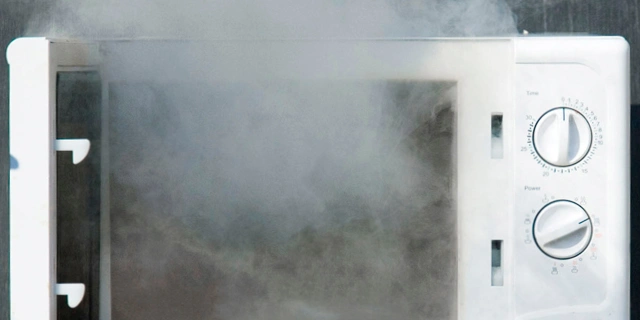
Ovens have been around for a long time and are found in many households. The appliance’s familiarity may help us feel secure near it. Overheating ovens will also burn the majority of the meals they cook. However, as soon as the oven’s components begin to malfunction, you’ll have a new appliance in your hands. One that you won’t manage as quickly will be more unpredictable and dangerous.
Overheating in an oven is frequently caused by a defective thermostat, temperature sensor, cooling fan, or heating element. The problem is usually caused by a defective thermostat that cannot control temperature. Still, it can also be caused by a heating element producing more heat than necessary or a cooling fan that is not working.
Even high-end contemporary appliances might fail from time to time. The more advanced our kitchen appliances get, the less we need to oversee them as they perform their functions. They can automatically use sensors to alter settings such as temperature and still overheat.
Let’s look more closely at what causes an oven to overheat and what you can do to prevent it.
What Causes an Oven to Overheat?
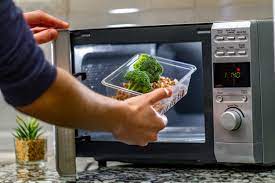
An electric oven has a life expectancy of 13 years, whereas a gas oven has 15 years. The oven will be used hundreds of times during this period - more in some houses than others.
We would all like not to have to do maintenance, repair, or replace our ovens over these years, but the reality is that some of us will. One of these difficulties might be overheating. As a result, it is critical to determine what is causing it.
Faulty Thermostat: The thermostat’s role is to monitor the interior temperature of the oven and make changes to keep it at the proper temperature. Depending on the scenario, the thermostat detects temperature fluctuations. It will turn on or off the heating element. This collaboration allows the oven to retain the same temperature for hours. Because a defective thermostat is incapable of measuring temperatures accurately, communication between the two will fail.
Cooling fan: A failed cooling fan might cause specific regions of the oven to reach greater temperatures than others, creating burnt and overcooked food.
Heating Element: The heating element listens to the thermostat’s signals and makes the necessary changes to maintain, lower, or raise the temperature. If the heating element does not signal that the desired temperature has been attained, the oven will continue to heat up, leading it to overheat.
Temperature Sensor: Temperature sensors are also intended to sense the oven’s temperature and help in temperature adjustment. If the temperature sensors fail to detect the temperature, the oven may under or overheat.
Thermostat Knob: If your thermostat knob is loosely installed, the numbers on the knob may not accurately indicate the oven’s temperature.
Oven Ventilation: If the oven’s ventilation is obstructed, the oven will have difficulty circulating air, leading to overheating. Examine to determine if anything prevents the oven’s ventilation from operating correctly.
Selector switch: The selection switch serves as a communication link between the heating element and the thermostat. If the selection switch is faulty, communication between the two components will fail. This might cause the heating element to begin heating even if the oven has already reached the appropriate temperature.
Control Panel: Not all models include a control panel, but some do. The control panel is a fragile component that might fail due to a single power loss. Someone with experience should ideally check the control panel. I propose that you contact customer service.
Filth: Over time, the thermostat will accumulate filth and grease. This has the potential to cause it to malfunction. This problem should be resolved by just removing and cleaning the thermostat. Begin troubleshooting your gadget to determine what is wrong with it. I highly advise you to contact customer care for further information before attempting to fix the device yourself. Opening a new gadget can render the warranty null and invalid.
How Do You Tell If Your Oven Is Too Hot?
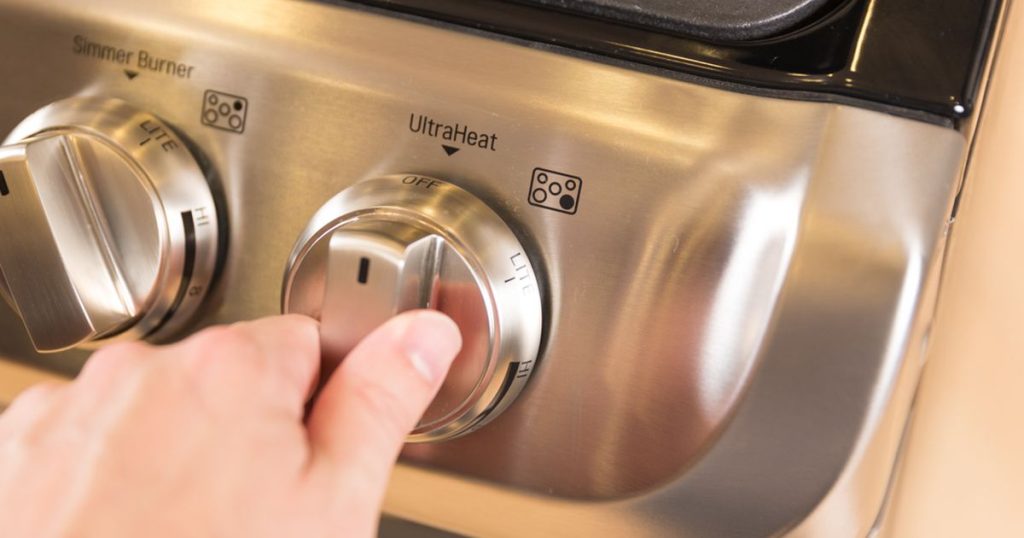
Regardless of the circumstances, there is a far simpler technique to determine whether or not your oven is overheating. We don’t need anything more than the temperature to tell if the oven is too hot.
This is what you do.
- Preheat the oven to 350 degrees F.
- Place an oven-safe thermometer on the middle oven rack.
- Wait until the oven has completed preheating, which takes around 15-20 minutes. To be on the safe side, wait 20 to 25 minutes.
- Examine the thermostat to determine if the readings match the temperature you’ve set for the oven. Is that correct? Great! Then your oven is operating normally.
- If the temperature in the oven is higher than the set setting, your oven is most certainly overheating.
Remember that an oven that reads 351 degrees Fahrenheit is not overheating when set to 350 degrees Fahrenheit. That’s just life going about its business.
How Do you Repair an Overheated Oven?
Identifying the problem is helpful, but it is useless if you don’t know what to do about it. Earlier in the text, we discussed several possible factors. This implies that there must be a diversity of solutions. Yes, that is correct, and depending on what is causing your oven to overheat, you may need to call a qualified repairer since specific issues may be highly complicated.
Replacing or Fixing the Thermostat
If the thermostat is the issue, replacing it should solve the problem. Oven thermostats are sold in stores and on the internet. Check with your oven manufacturer to see whether thermostats are available separately. The replacement of the thermostat varies depending on the model. However, here’s a basic approach. It should be noted that a malfunctioning thermostat does not necessarily require replacement. Depending on the nature of the problem, you may be able to address it quickly. It’s typical for a thermostat to acquire oil, and when the grease builds up, the thermostat’s ability to monitor temperature might be damaged. Cleaning the thermostat to remove dirt is a simple action to cure your problem. Begin by cleaning the thermostat, and if that fails, try replacing it.
Replace or Fix the Oven’s Fan
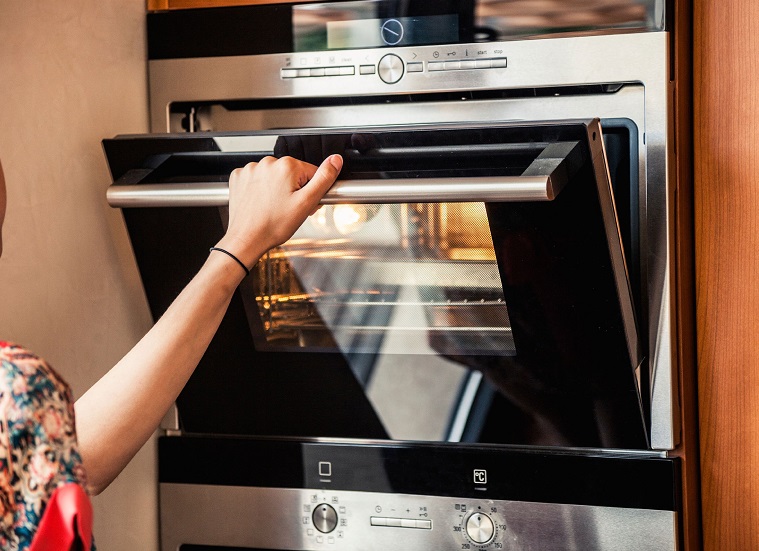
The cooling fan, like the thermostat, may be changed. If you’re certain that the fan is the antagonist in the drama, replacing it should cause the oven’s temperatures to fixate, as intended. A faulty fan can cause an oven to overheat because the heat generated in the oven isn’t dispersed evenly throughout the cavity. This can result in hot areas where hot air gathers instead of circulating the oven. The oven should not be used as long as the cooling fan is damaged. It will quickly overheat and might be dangerous, so leave the oven alone until the problem is resolved to avoid injury.
Keep an eye out for unusual noises coming from the fan. Excessive noise and an inability to circulate heat correctly are two strong indications that the fan is broken. Manually rotate the blade with your hands to see if anything is blocking it from turning. Unplug the oven first, then open the oven door and reach for the fan. Once you get a grasp on the fan’s blades, twist them clockwise or counterclockwise to determine whether they can spin without resistance. Suppose the blades are unable to spin or spin with tremendous reluctance. In that case, it’s a good idea to clean the fan properly - the oven’s fan will gather oil and muck with time, and an excessive quantity might interfere with the fan’s operation. If the fan blades look stiff, it might be due to a problem with the fan’s motor. If you have to pay for the repair out of your pocket, anticipate paying between $100 and 275$ for a new fan.
Replacing or Fixing The Heating Element
The heating components are frequently positioned on the top and bottom of the oven’s interior. They’re also known as “coils,” and I’m sure you’ve seen them or accidentally touched them while reaching for your dinner. These coils are in charge of creating heat in the oven. If the heating element is not working correctly, a technician will visually check it to determine any damage or if the element has come loose. Harm or a loose element might be apparent symptoms of a faulty element, but occasionally the damage is on the inside, disguised by the exterior shell. You would believe that a faulty heating element will stop providing heat entirely, but this is not always the case. When a heating element fails, it might emit more heat than is required, causing the oven to overheat. After visually evaluating the heating element, use a multimeter to test different portions of the heating element to determine any irregularities. Replace the heating element if any of these tests fail. Depending on the type, replacing an oven’s heating element will cost $60 and $150.
How Do you Prevent an Oven from Overheating?
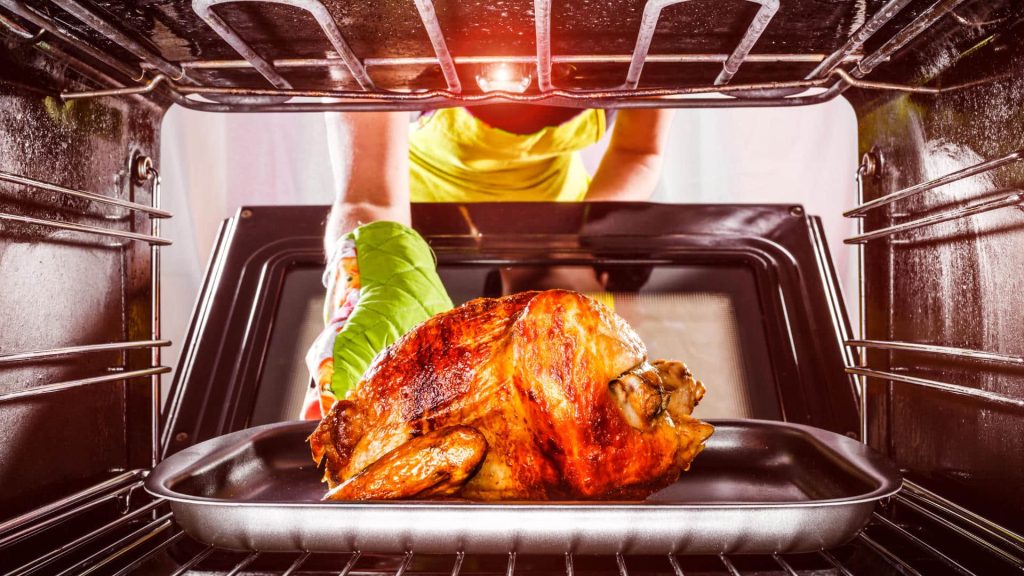
Monitoring the oven’s activity to detect abnormalities in the oven’s performance is the key to preventing overheating. Because we don’t consider the risk or probability, most of us will most likely struggle to keep the oven from overheating.
The usual user will not be attentive enough to how long it takes for the oven to heat up to the proper temperature and then cool down. Keeping note of such things might be quite beneficial in the future.
Don’t get caught up in it. I’m simply saying that you should check in regularly to verify if the oven is still working correctly. If it takes longer or shorter to achieve the desired temperature if the oven takes a long time to cool down, and if the temperature measured in the oven does not match the temperature set on the knob.
When you notice a problem with your oven, you should contact a professional as soon as possible rather than waiting for it to fail.
Can Ovens Explode?
The type of explosion that comes to me when I hear the word explosion is not what you should anticipate from an oven. There may be some documented occurrences, but they are highly unusual and involve several external variables.
A significant number of customers have reported their glass doors bursting and scattering shattered glass all over their kitchen. This has occurred with most brands and should not be construed as an indication of poorer quality.
Tempered glass is used in glass oven doors, which is a type of glass heated to extremely high temperatures and then rapidly cooled to harden it against high heat.
The shattering of an oven’s glass door has little to do with overheating. Instead, here are a few precautions you may take to reduce the possibility of damaging the glass door.
- Use caution when setting pots, plates, and trays on an open glass door.
- When washing the glass, use caution. When wiping the glass, don’t use more force than required, and make sure you’re using suitable materials.
- Avoid exposing the glass to excessive temperature changes. Placing an ice-cold dish on a heated glass door might cause it to shatter or significantly weaken.
- To avoid bashing the oven door against the racks, ensure the oven racks are in position before closing the oven door











